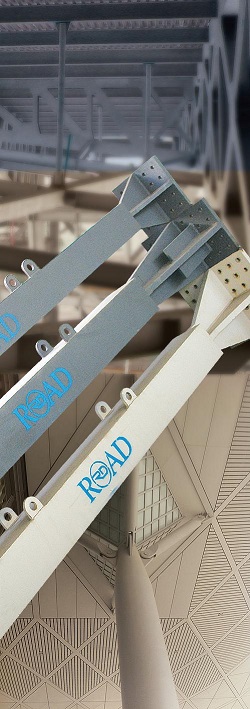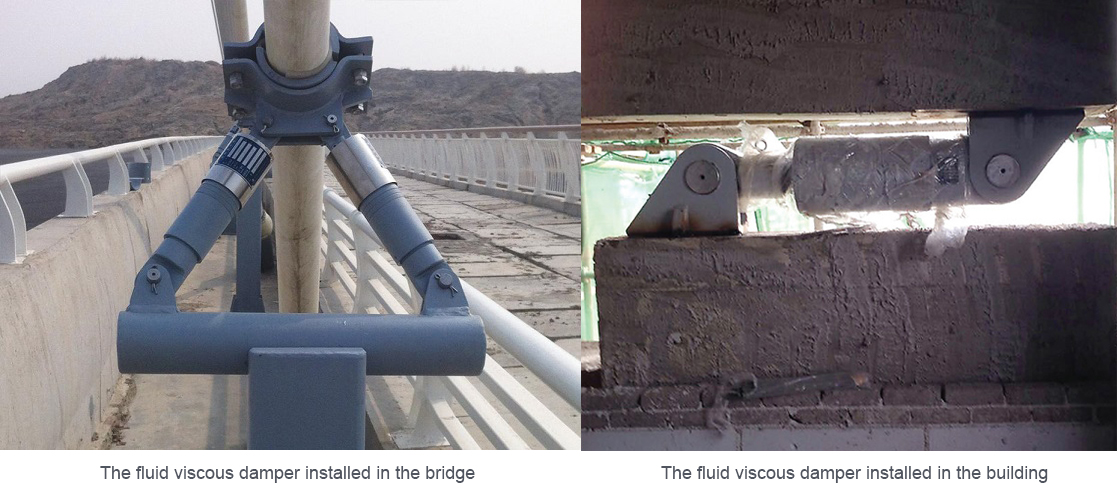Immense scope to localise high-voltage EV components in India and develop local supply chain to lower costs as well as lead times for battery-electric vehicles.
The electromobility supply chain has recently been under flurry of activities over the past few years. Production of EV components such as lithium-ion cells and motors witnessed strong interest from industry players, as well as reforms from the government for creating a local ecosystem. Supports

“The cost of an EV is dictated by the battery pack and therefore, it is possible to localise the battery packs (while procuring cells from overseas) for EV applications, which reduces the cost to a great extent,” said R Velusamy, SVP and Head – Automotive Product Development – Mahindra & Mahindra.
“From a safety standpoint, the quality of the lithium-ion cell is the most important parameter and it must be the topmost priority for battery-pack suppliers. We need to ensure that we buy quality cells,” he added.
Velusamy who was a panellist at the Autocar Professional EV Forum in a discussion on the topic – Developing the Indian EV ecosystem – further added that the battery pack comprises cells, cell supervisory circuit, power distribution unit (PDU), and a battery management system (BMS) which monitors the current and voltage – and these can all be localised.
Pointing towards the e-drivetrain that includes the e-motor, motor control unit (MCU) and the transmission unit, Velusamy said, “As an industry, we need to push for the localisation of these high-voltage components in India.”
“To start off with, suppliers can begin by assembling imported child parts but the goal should be to achieve complete localisation of the e-motor system within India. Moreover, the HVAC or heating, ventilation and air-conditioning system is an integrated unit for the cabin as well as the battery pack in an EV and its constituents such as the e-water pump, vacuum pump, and e-radiator – also offer huge opportunity to be localised,” Velusamy mentioned.
He explained that to achieve a range of 650km in the Modified Indian Driving Cycle or MIDC Type-I test parameter, OEMs would need to adopt a born-electric platform approach as an ICE-converted EV will have its limitations in going beyond a 40kWh battery pack and allowing a 75-82kWh unit.
“There will be limitations in the braking, steering and suspension departments, particularly in the ground clearance and turning-circle radius as engineers do not get a lot to play with the vehicle dynamics, therefore facing limitations in the vehicle’s high-speed performance as well as stability,” Velusamy said.
“The final goal of 650km in the MIDC Type-1 tests can only be fulfilled by a ground-up EV platform,” he added.
Need for battery pack standardisation Though EVs come with many advantages – efficiency, lower CO2 emissions and offer more simplification for carmakers but they bring challenges as well. One of major tasks for an OEM is the development of a battery pack that meets not just local but global safety standards.
“Battery pack development costs are very high – I have never seen anything similar for engine development,” remarked Velusamy.
He explained that an EV battery testing involves a nail-penetration test, drop test, crush-and-crash tests – all in a bunker, as well as underwater and thermal-shock tests, wherein the battery is subject to sudden ambient temperature changes from sub-zero temperatures to up to 60 degrees in a thermal chamber to eliminate chances of thermal runaway.
“The process is extremely cost intensive and will force OEMs to standardise the battery pack and not reinvent the wheel every time. While some OEMs will hold the know-how to battery development, which is where the secret sauce lies, three-to-four years down the line, there will be standardisation of the battery pack as it will limit the number of tests to be performed and eventually the OEMs’ costs for battery development,” Velusamy pointed out.
Acknowledging the government's efforts with new regulations, Velusamy said “India’s new battery safety norms are welcome. I am hopeful OEMs will get time to implement them on the vehicles already in production. The new guidelines are making all OEMs and suppliers think of adherence to global norms for the upcoming EV models."
Watch Day 2 of Autocar Professional EV Forum:
Autocar Pro News Desk 12 Dec 2022
The hatchback received a zero star rating for child occupant protection; performed poorly under new protocols.
Autocar Pro News Desk 12 Dec 2022
Under Global NCAP's old testing protocol, the Swift had secured a 2-star safety rating in 2018.
Autocar Pro News Desk 12 Dec 2022
The India spec S Presso was previously tested in 2020 under the old protocols where it scored zero stars.
Will Royal Enfield's made-in-india motor exports influence the rest of the two-wheeler makers to rethink their strategies?
Will Royal Enfield's made-in-india motor exports influence the rest of the two-wheeler makers to rethink their strategies?
This 48-pager is packed with news, features, interviews and technology articles ...

Anti-Shock Damper Latest Auto Industry updates and News Articles